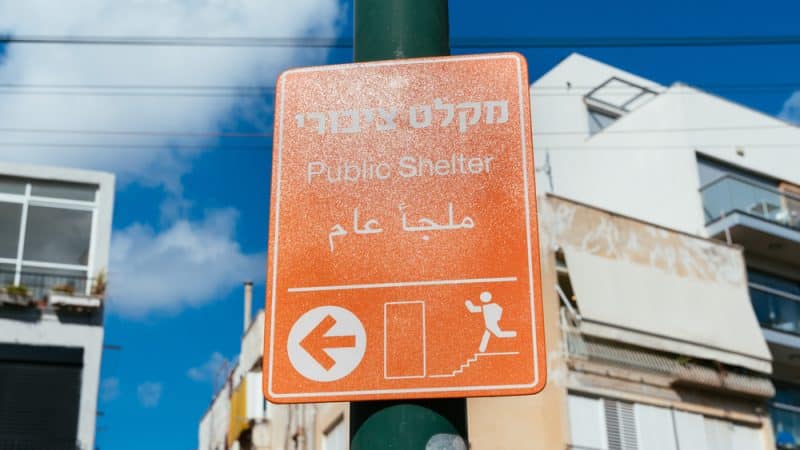Museum Unveils 14th-Century Scroll that Depicts Ancient Israel

On Wednesday, the Florence Scroll was unveiled at the Israel Museum, which belongs to the 14th century. This hand-painted scroll is now unrolled to its complete length and displayed in the glass vitrine of a gallery in the museum. The parchment is almost 11-meters long and is the centerpiece of the ‘Painting a Pilgrimage’, an exhibit that depicts the pilgrimage of a Jew hailing from Egypt from Cairo to Israel. This is considered the earliest known travelogue and ochre yellow, leaf green, and cherry red lines dominate the scroll. There are a total of 130 illustrations, which display holy sites that are located from Lebanon to Egypt and gives an idea of what this region looked like to the painter about 700 years ago.
The senior curator, Rachel Sarfati, has been researching this scroll for the last 14 years and said that the colors are bright and sharp because scrolls are rolled up tightly and kept away from the light. The parchment highlights illustrations of Lebanese and Egyptian landscapes, drawings of Mount Sinai, one of the Temple Mount, the Tower of David, and the Cave of the Patriarchs. The scroll is a relic showing places and sites that were built in ancient times and visited.
However, museum visitors find the landscape very familiar because it is accentuated in the exhibit with digital maps, along with two slideshows that offer a pictorial view of the same places in modern times. At the opening, Ido Bruno, the museum director credited Rachel Sarfati for curating it all and realizing its importance. She had been doing research into the scroll for more than a decade and had used it for her doctoral research and thesis. For her master’s degree, Sarfati had researched other scrolls from recent decades before and it was a colleague visiting Israel who first talked to her about this ancient Cairo parchment.
The work associate talked to her about a parchment she had seen in the National Central Library in Florence back in 2007. Sarfati had asked for scans and photos of the scroll. She said that upon seeing it, she immediately realized it was authentic and belonged to an early period. She added that the photographs showed the fine details and she was familiar with the iconography. At some point, the Jewish Egyptian traveler had written and illustrated the scroll in Italian, probably going there with Italian pilgrims. It wasn’t until 2011 that Sarfati saw the scroll herself, but she had already initiated her research into its history.
She was studying at the Tel Aviv University and took the help of the Jewish History department’s professor, Elhanan Reiner, who also became her PHD studies’ advisor. She wrote her dissertation on the parchment and adapted her research in the exhibit’s catalog that can currently be seen at the museum. Sarfati’s historic acumen and tenacity was heralded by her colleagues in putting the exhibit together. Turning a dissertation into a museum exhibit undoubtedly requires a great deal of dedication as well as stubbornness that Sarfati appears to possess.



